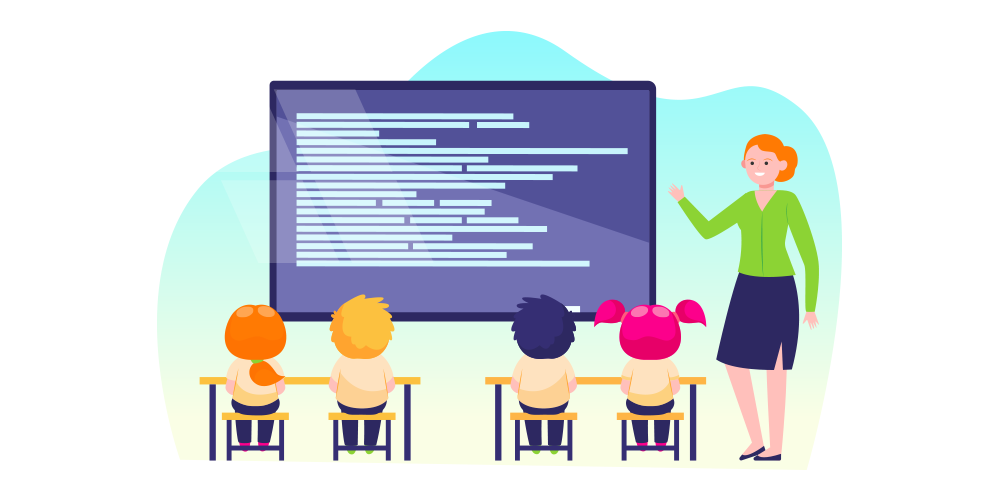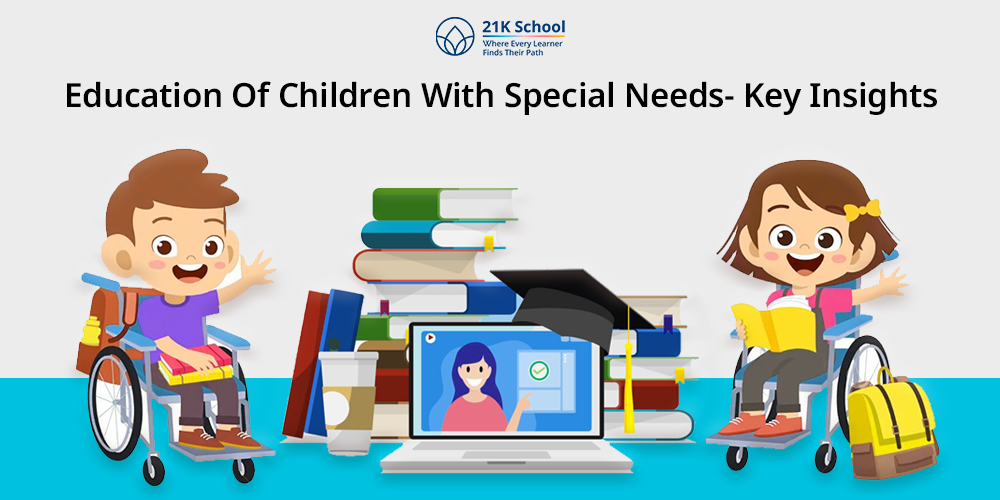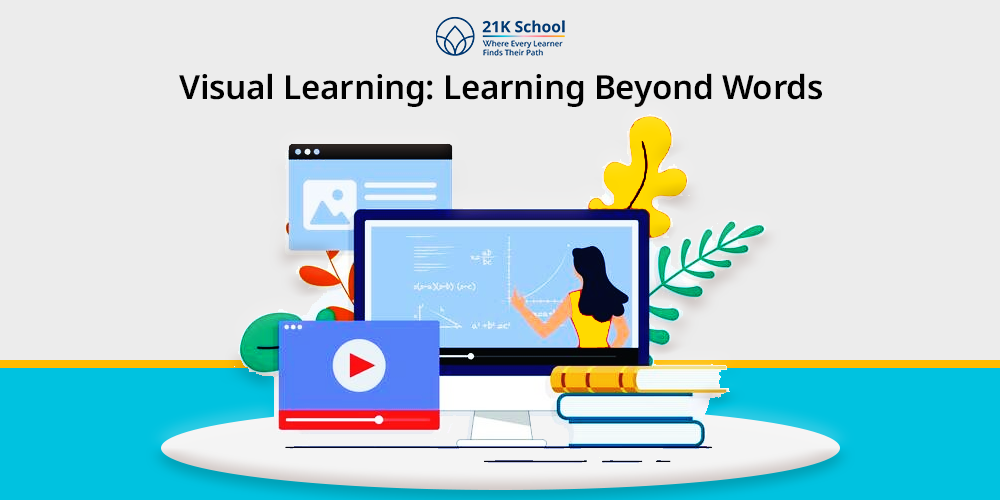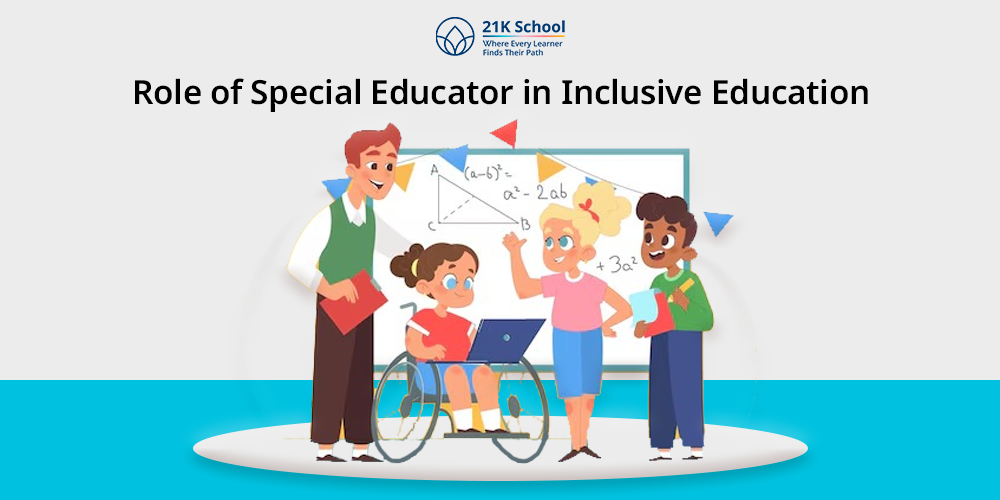
Artificial intelligence is the next big thing in the tech world, integrating with nearly every industry. If you’re a teacher looking to prepare your students for the future, you need to start teaching them to code, but it’s not as easy as it sounds.
Undoubtedly, teaching how to code is one of the best ways to engage their students with a desirable skill. However, coding is much more than just writing code lines and explaining what they do to students.
If you are a coding teacher and want to teach coding to students without any problem, read on to learn more about the four most significant issues every teacher faces while teaching coding. Moreover, you will also get solutions to deal with these problems in a wholesome manner.
Contents
Four common problems in teaching coding to students
Coding is a subject that is still largely misunderstood, and it has an abysmal reputation. Students often find it boring, and the lack of interest often disillusions teachers. But coding can be a rewarding and fun activity. Here are the most prominent challenges teachers face when teaching students to code-
1. Engagement
A teacher’s first big problem while teaching coding to their student is student engagement in coding. Indeed, coding is an exciting subject for experienced programmers, but it can be boring for kids. As you are aware, maintaining student engagement is essential if you want to accomplish the objectives of your class. Many teachers worldwide are unsure what elements to include in their curricula to engage students in coding. So how can you solve this problem? Well, it is not as hard as you think. Below are some top solutions for this problem-
- You and your students will benefit from incorporating elements of gamified learning into your computer programming lessons. Gamification learning uses game-based elements like point scoring, teamwork, and score tables to increase student engagement, aid in the assimilation of new material, assess their level of knowledge, and more. These components will enable them to experience the information delivered from a completely different perspective, allowing them to concentrate on their learning process rather than just the final standardized tests.
- You can also engage your students by implementing the “flipped classroom” model. Flipped learning is a method that aids teachers in prioritizing active learning during class time by giving students lecture materials and presentations to view at home or outside of the classroom.
2. Failed to teach syntax learning
Indeed, coding is all about syntax, but problem-solving skill is also essential. Unfortunately, most coding teachers fail to focus on problem-solving skills and only focus on syntax learning. The student’s problem-solving skills are what matter, not the programming language you select to teach. The process of converting an algorithm into code using a programming language is known as coding. The coding knowledge of your students will be useless if they don’t know how to solve a simple question, even if you teach them how to write syntax. So, focusing on problem-solving skills and syntax teaching would be better.
3. Student failure
Although this is not a teacher’s mistake, if a teacher gives 100 percent in teaching coding and the student does not practice, the teacher will fail to succeed. Coding is a skill and knowledge based on a lot of practice. The teacher’s primary duty is to teach students coding, but you cannot focus on the practice session as a student must do it at home. So how to ensure that a student does timely and required practice? Below are some of the top solutions for this problem-
- Tell students about the importance of practice.
- Tell students’ parents to keep an eye on students’ training.
4. Excessive screen time
Getting students off their screens and paying attention to the information being delivered is another one of the significant challenges teachers face when teaching students to code (or when teaching students anything). Many institutes have applied a no smartphone policy, leading to students’ negativity against teachers. You can follow the following solution for this problem-
- Use their screens as a potential solution, particularly in coding classes. You can convert their device into an e-scrapbook or e-notebook.
- Create games, dynamics, and environments in which you will modify the traditional way of teaching to incorporate screens into the optimal learning environment.
Conclusion
Teaching students to code is one of the essential skills they’ll ever learn. Although it is becoming more common for schools to offer computer science classes as part of the curriculum, teachers still face many challenges in ensuring their students learn the right skills.



